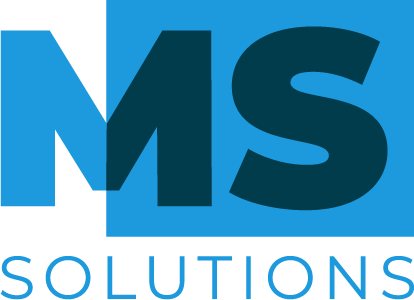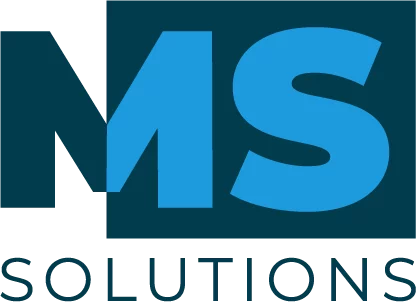During our webinar on May 13th, we discussed collaboration in the age of agility, and how the three axes of influence (technologies, work organization and users) have an impact on the workplace. Here’s a summary:
Technologies
It is true that for a very long time, users were considered of primary importance in the workplace, over technologies. However, nowadays, we need to first consider what solutions we use. The many technologies that surround us are disruptive agents within the collaborative environment. These technologies are not invited to join us; on the contrary, they impose themselves. It is then up to us to reorganize ourselves according to these disruptive agents. An example mentioned during the webinar was the arrival of Uber in Quebec, and the impact this has had on the taxi industry.
The goal of integrating technologies in a collaborative environment is to reduce the time between thought and the destination of that thought. With new technologies, it is now possible to share our ideas and thoughts with colleagues, as they arrive – without waiting! This is why Microsoft 365 should be seen as a toolbox that not only allows collaboration, but also data sharing and secure communication, thanks to its applications (such as SharePoint and Microsoft Teams). An open environment like Microsoft 365, however, does not guarantee sharing, collaboration or communication. The themes found within these technologies must be integrated into the organization of work and user practices.
Work Organization
Getting organized is a distributed responsibility within a company, according to the roles and tasks of each employee. The organization of work is what makes it possible to establish common guidelines for all users in the context of their tasks and their tools, and thus establish a common workflow. It is by implementing these procedures that it is then possible to establish paths and avoid the usual and known reflexes of users.
When implementing a new technology, for example Microsoft 365, it may happen that despite the presence of new practices, some employees do not adhere as quickly to the new way of doing things. For example, before the implementation of Microsoft 365, a person at your company used to communicate with their colleagues via Facebook Messaging. Since the arrival of Microsoft Teams, they continue to do this, despite the company doing everything possible to encourage the use of Microsoft’s embedded chat tools. Regardless of whether this happens because people do not like change, or simply out of habit, it is important to identify those not following new practices. It will then be possible to demonstrate to them the relevance and importance of using Microsoft Teams to communicate.
By encouraging all users to follow new work organization guidelines, it is possible to collaborate, communicate and share – since everyone will be using the same tools.
Users
Technologies may have become more important over time, but users are not to be ignored when it comes to collaboration. Although one must first think about the technologies available in the work environment, humans can also be disruptive agents in the era of agility and collaboration. The relationship between technology, digital work organization and users is strewn with pitfalls to know and avoid.
For example, a significant trap to be avoided is thinking that your digital solutions will automatically organize your work. This is not the case. In a collaborative environment, it is up to humans to organize their work around the tools available to them. It is not technologies that have the ability to organize us, but the other way around.
In Short
Microsoft 365 is the technology to employ in this new era of agility and collaboration. If you have any questions about the benefits that implementing Microsoft 365 can bring, consult one of our specialists at MS Solutions now!




